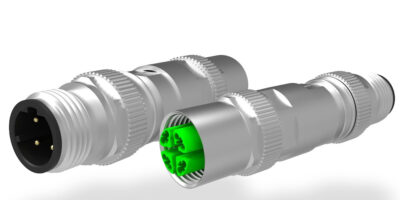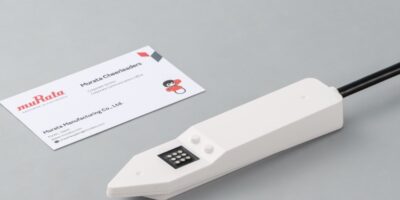Digital beam steering for lidar smart sensors has been announced by LeddarTech. LeddarSteer is designed for smart sensor developers and Tier 1 / Tier-2 automotive suppliers.
Digital beam steering refers to changing the direction of laser pulses in a lidar system. A stack of alternating liquid crystal cells and polarisation gratings enables light to be steered at different angles and at a specific wavelength in order to augment a lidar field of view.
LeddarSteer digital beam steering offers benefits such as software-controlled, on the fly adjustment, noted LeddarTech. It also allows for frame by frame adjustment, a pre-set or customised configuration, voltage controlled steering and is claimed to be easy to set up and interface with systems. It is also compatible with a range of lidar architectures and enables one lidar to address multiple use cases.
It is also field of view adjustable to accommodate a range of driver actions, such as turns, lane changes and slopes. Therefore, the same lidar can be used for motorway/highway and city driving.
Another benefit, said LeddarTech is that the resulting reduction in the number of sensors, contributes to bill of materials savings. In addition, said the company, the automotive-grade solid state technology results in a significantly higher MTBF (mean time between failures).
LeddarSteer can be seamlessly integrated into an existing lidar to expand the field of view or it can be integrated into a new lidar development. It provides an enhanced signal to noise ratio by concentrating laser power on a small region of interest while reducing the size, cost and complexity of lidar components whilst maintaining or increasing the pixel count and resolution.
According to LeddarTech CEO, Charles Boulanger: “LeddarSteer is the only digital beam steering smart component designed for mass production with the flexibility, reliability, cost, size and performance required by the most demanding 3D sensing applications and supported by standard automotive manufacturing process”.
Founded in 2007, LeddarTech is an environmental sensing company that enables customers to solve critical sensing, fusion and perception challenges across the entire value chain. Its portfolio includes LeddarVision, a raw data sensor fusion and perception platform that generates a comprehensive 3D environmental model from a variety of sensor types and configurations. LeddarTech also supports lidar manufacturers and Tier-1 / Tier- 2 automotive suppliers with LeddarSteer digital beam steering and the LeddarEngine, which is built on the company’s Leddar technology employing patented signal acquisition and processing techniques to generate a richer and cleaner return signal at a lower cost.
The LeddarEngine comprises a highly integrated, scalable lidar SoC and software combination.
The company is responsible for several innovations in cutting-edge automotive and mobility remote-sensing applications, with over 120 patents granted or applied for, enhancing ADAS and autonomous driving capabilities.







